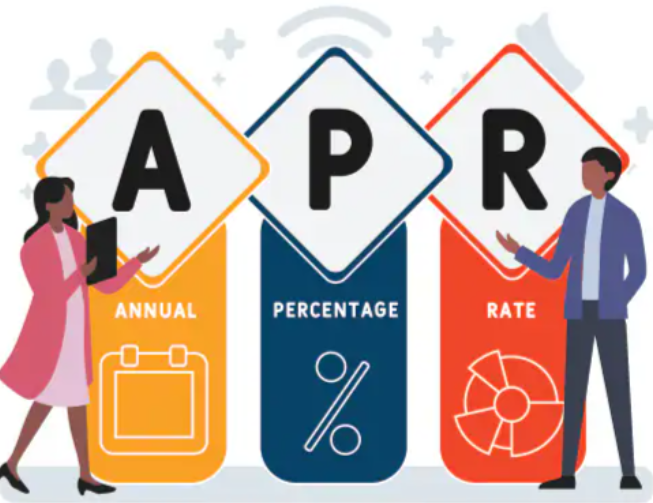When purchasing insurance, make sure to look at a number of crucial aspects, including your insurer’s solvency ratio, in addition to the policy terms.
The solvency ratio, its types, its importance, and how it may affect your insurance policy will all be covered in this article.
A Solvency Ratio: What Is It?
An important financial indicator that assesses an insurance company’s capacity to pay its liabilities (claims) and other commitments using its assets is the solvency ratio. Stated differently, the solvency ratio shows if the insurance firm has sufficient funds to fulfill all of its obligations.

How is the ratio of solvency calculated?
The following formula is commonly used to determine the solvency ratio in insurance:
(Net Income + Depreciation) ÷ Liabilities is the solvency ratio.
An insurer may struggle to resolve policyholder claims if its solvency ratio is less than one, which denotes financial weakness. Therefore, you should search for insurance companies with a high solvency ratio when purchasing health or life insurance plans. It lessens the likelihood that a claim will be denied or that the settlement will be delayed.
Why is it important to check the solvency rate?
Knowing your insurance company’s solvency rate is largely important since it indicates how stable and financially sound it’s to handle all claims for the programs it has issued. This rate aids guests in choosing the stylish insurance provider by indicating the company’s capability to manage finances and claims with ease. The liability of paying the claims increases with the solvency rate.
Solvency Ratio Types
The ability of an insurance firm to fulfill its responsibilities is assessed using four key types of solvency ratios.
- debt-to-asset ratio : The majority of people regard the debt-to-asset ratio as their primary measure of solvency. It divides liabilities by assets to determine an insurance company’s debt relative to its total assets or earnings.
- debt-to-equity ratio : Divide the total amount of debt by the total amount of equity to determine the debt-to-equity ratio. It aids in determining the capital structures’ debt-to-equity ratio.
- The interest coverage ratio : is a measure of a company’s capacity to settle its long-term debt. Stated differently, how many times can its present income cover its current interest payments?
- The ratio of interest coverage: Total interest expense (EBIT)
- Equity ratio: This ratio is computed by dividing the company’s total assets by its total equity, or share value. It shows the proportion of a company’s assets that came from issuing equity shares as opposed to taking on debt. A corporation has utilized more debt to pay for its assets if the ratio is lower.
Liquidity Ratio versus Solvency Ratio
Although they both aid in evaluating the stability and health of an organization’s finances, solvency and liquidity ratios are essentially distinct. Let’s examine the ratios of solvency and liquidity.
Ratio of Solvency :
- The solvency ratio evaluates the business’s capacity to fulfill long-term commitments, or those that last longer than a year.
- It shows if a business can weather financial challenges and economic downturns and whether its assets are enough to satisfy long-term responsibilities.
- The debt-to-asset ratio, interest coverage ratio, equity ratio, and debt-to-equity ratio are examples of common solvency ratios.
Rate of liquidity :
- The capability of a business to satisfy short- term fiscal scores with fluently accessible means, similar as cash and cash coequals, is gauged by liquidity rates.
- It’s primarily used to gauge how important liquidity a business needs, generally in the forthcoming time.
- The fast and current rates are exemplifications of common liquidity rates.
Solvency rate exemplifications
Then are a many exemplifications of solvency rates
rate of Debt to Equity :
- Assume a business has ₹ 75 crore in shareholder equity and ₹ 120 crore in long- term arrears.
- rate of debt to equity = / = 1.6
- In this case, the debt- to- equity rate is 1.6 times, meaning that the pot has 1.6 rupees in debt for every rupee of equity.
Ratio of Interest Coverage :
- Assume a business has ₹80 lakh in interest expenses and ₹12 crore in profits before interest and taxes (EBIT).
- 15, which is the interest coverage ratio (12,000,000 / 8,000,000).
- With an interest coverage ratio of 15, the business can easily pay interest as its earnings are 15 times greater than its interest costs.
IRDAI’s Solvency Ratio Mandate
For insurance companies doing business in India, solvency ratios are required by the Insurance Regulatory and Development Authority of India (IRDAI). IRDAI requires all insurance companies with a 150% solvency margin to have a 1.5 times solvency ratio in order to protect the interests of Indian policyholders.
Where Can I Locate the Solvency Ratio?
The following resources can be used to determine an insurance company’s leverage ratios :
Website of IRDAI: Insurance businesses are required by the Insurance Regulatory and Development Authority of India (IRDAI) to provide their leverage ratios on a regular basis. This information is readily available on the IRDAI website under the regulatory filings or disclosures section.
Websites of Insurance businesses: A lot of insurance businesses have financial data and KPIs, such as leverage ratios, on their websites. Seek out sections like financials, investor relations, or regulatory disclosures.
conclusion
The leverage ratios is an essential indicator to take into account when buying a life insurance policy. It not only assists you in selecting the best insurance provider, but it also provides you with the assurance that, when necessary, your claims will be handled promptly and easily. To provide complete security for you and your family, it is imperative that you evaluate this ratio while choosing insurance plans.
FAQs
Short-term solvency ratios: what are they?
Liquidity ratios are another name for short-term solvency ratios. These offer information about the short-term liquidity position of a business. The cash ratio, quick ratio, current ratio, and others are instances of short-term leverage ratios.
Why are solvency ratios so important?
When evaluating a company’s financial stability and capacity to satisfy its long-term commitments, such as debt repayments and future financial commitments, leverage ratios are a valuable tool.
Which solvency ratios are good?
Since it shows that the business can meet its financial responsibilities, a leverage ratios greater than one is regarded as favorable. Nonetheless, IRDAI requires India insurance firms to maintain a solvency ratio of at least 1.5 times.
How is the ratio of solvency determined?
Four formulations for leverage ratios exist:
Total debt divided by shareholders is the debt-to-equity ratio. Equity
Total debt divided by total assets is the debt-to-assets ratio.
Equity ratio: total assets divided by total shareholders’ equity
Total debt divided by total equity is the debt-to-equity ratio.
Are solvency and debt the same thing?
No, debt and solvency are not the same thing. The solvency ratio determines if the business has the resources to pay down its debt and fulfill all of its other long-term commitments.





